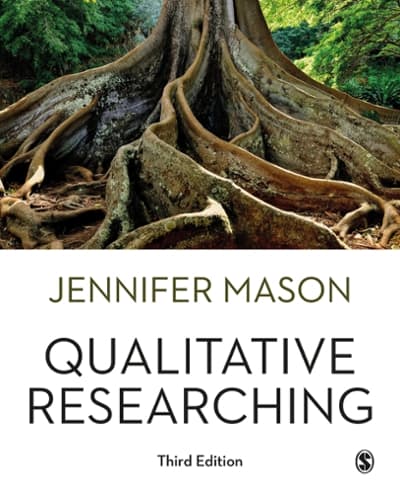How might you go about deciding which preference assessment is best for an individual you are working with on applied behavior analysis ? The following
How might you go about deciding which preference assessment is best for an individual you are working with on applied behavior analysis ?
The following three questions refer to the Fisher et al. (1992) study. 1 Describe the preference assessment methods compared in this study. 2 What did the results of Phase 1 suggest regarding the use of forced-choice assessment and how did these findings compare to those found in the Pace et al. (1985) study? The following questions refer to the Windsor & Locke (1994) study. 1 What are two possible reasons why staff report of learner preference may not closely match results found in systematic assessments? 2 Describe the preference assessment methods compared in this study. 3 What were the four dimensions of preference that were measured during group and paired presentations? Briefly describe the results for each. 4 Describe the four major findings in this study.
- The following questions refer to the DeLeon et al. (2001) article. 1 What are the advantages and disadvantages of using brief preference assessment methods vs. more lengthy methods to assess preference? 2 How might conducting frequent brief preference assessment just prior to behavioral training sessions be beneficial and what kind of information is gained by doing this vs. less frequent lengthier assessment methods? 3 A criticism of studies on preference and reinforcer assessments has been that dependent measures have involved simple free-operant responses that required little effort on the participants' parts. Do the findings in this study concur with those criticisms? Why or why not? DeLeon, I. G., Fisher, W. W., Catter, V. R., Maglieri, K., Herman, K., & Marhefka, J. (2001). Examination of relative reinforcement effects of stimuli identified through pretreatment and daily brief preference assessments. Journal of Applied Behavior Analysis, 34, 463-473.Download DeLeon, I. G., Fisher, W. W., Catter, V. R., Maglieri, K., Herman, K., & Marhefka, J. (2001). Examination of relative reinforcement effects of stimuli identified through pretreatment and daily brief preference assessments. Journal of Applied Behavior Analysis, 34, 463-473.
- Fisher, W., Piazza, C. C., Bowman, L. G., Hagopian, L. P., Owens, J. C., & Slevin, I. (1992). A comparison of two approaches for identifying reinforcers for persons with severe and profound disabilities. Journal of Applied Behavior Analysis, 25, 491-498.Download Fisher, W., Piazza, C. C., Bowman, L. G., Hagopian, L. P., Owens, J. C., & Slevin, I. (1992). A comparison of two approaches for identifying reinforcers for persons with severe and profound disabilities. Journal of Applied Behavior Analysis, 25, 491-498.
- Windsor, J., Piche, L. M., & Locke, P. A., (1994). Preference testing: A comparison of two presentation methods. Research in Developmental Disabilities, 15, 439-455.
Step by Step Solution
There are 3 Steps involved in it
Step: 1

See step-by-step solutions with expert insights and AI powered tools for academic success
Step: 2

Step: 3

Ace Your Homework with AI
Get the answers you need in no time with our AI-driven, step-by-step assistance
Get Started


